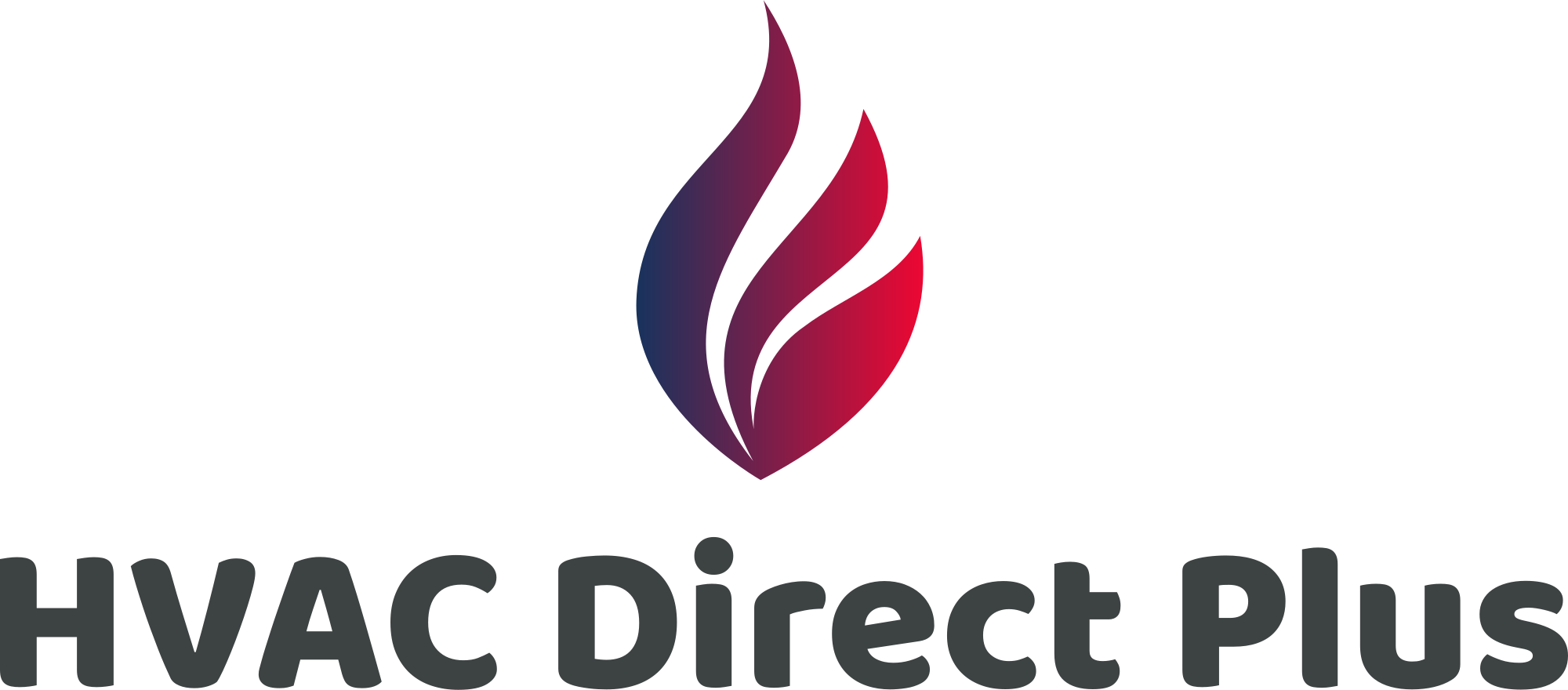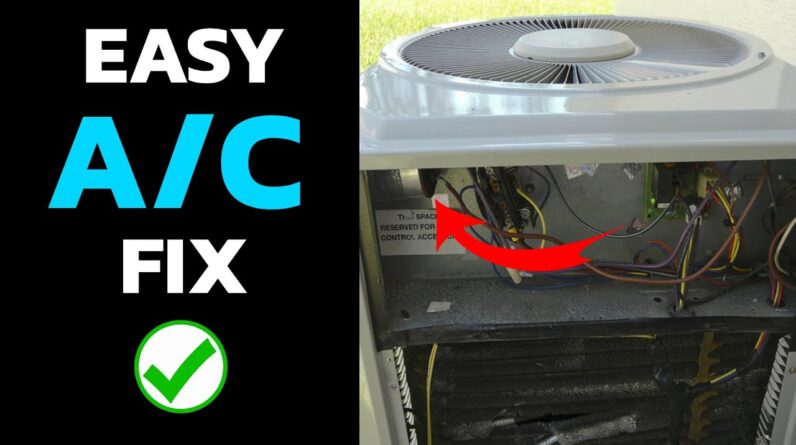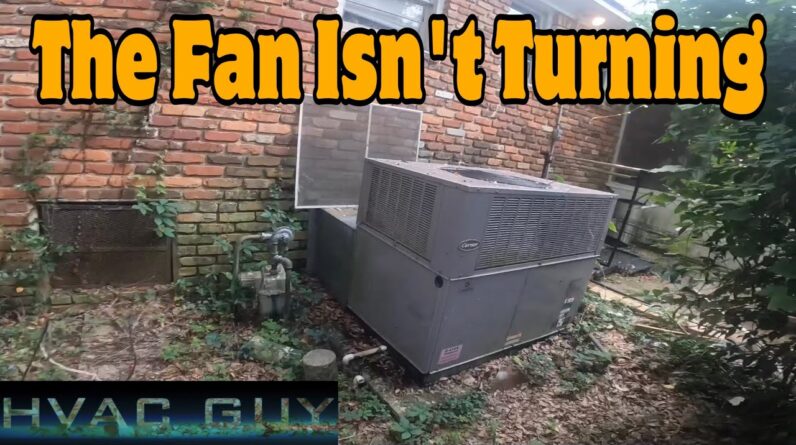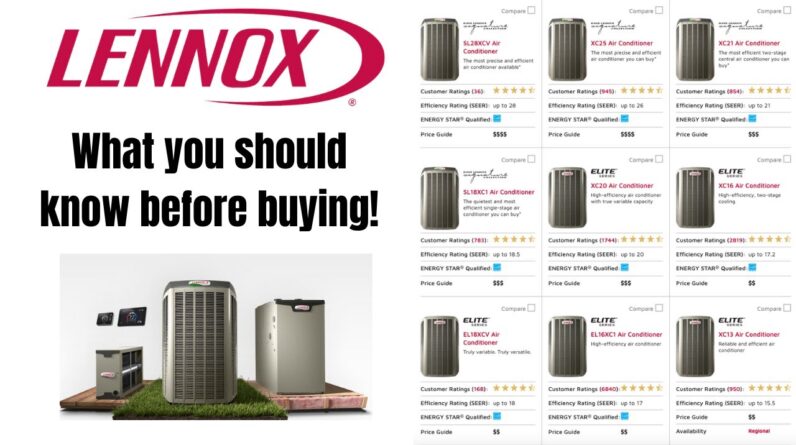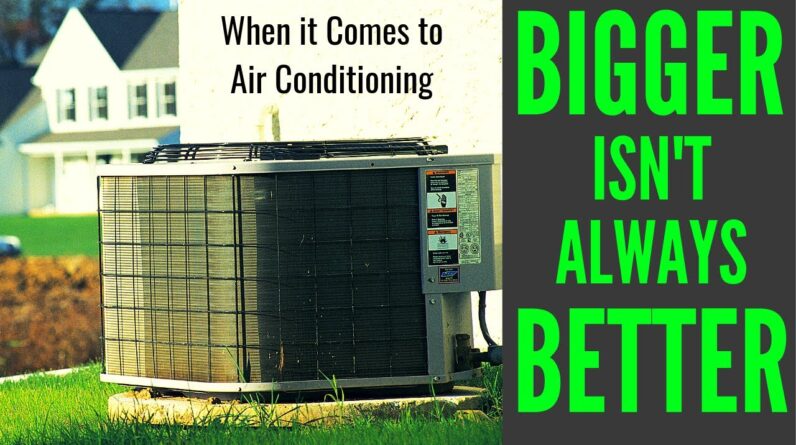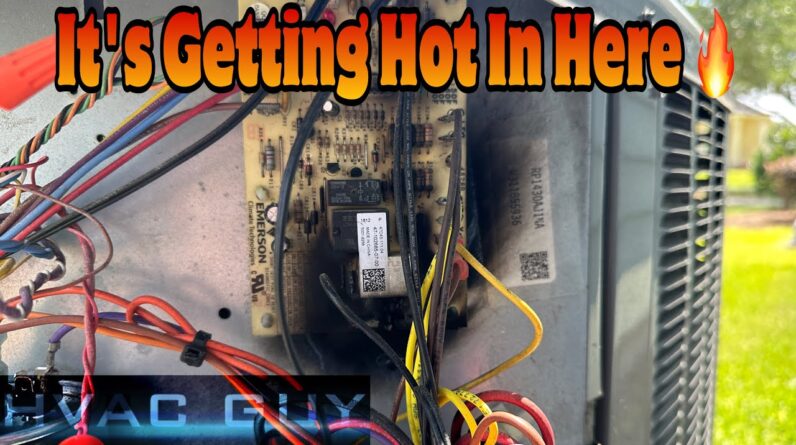The Surprising Rise of HVAC Equipment Prices: What’s Driving the Increase?
In 2012, a 13 SEER (Seasonal Energy Efficiency Ratio) three-ton gas pack York changeout unit would cost $3,340. Fast forward a decade, and in 2023, a three-ton 14 SEER package gas unit costs the same amount of money. This is before you factor in taxes and the cost of installation. So, what has caused this significant increase in HVAC (Heating, Ventilation, and Air Conditioning) equipment prices over the past decade? In this article, we’ll explore the factors that have contributed to this trend, the implications for the industry, and how consumers are reacting.
The Factors Driving Equipment Price Increases
There are several key factors that have contributed to the rising costs of HVAC equipment in recent years. Some of these include raw material price fluctuations, increased labor costs, advancements in technology, and regulatory compliance requirements.
Raw Material Price Fluctuations
Prices for raw materials such as copper, aluminum, and steel – which are essential for the manufacture of HVAC equipment – have witnessed significant fluctuations in recent years. Increases in global demand, supply chain disruptions, and geopolitical factors are some of the reasons behind these price shifts.
Increased Labor Costs
Skilled labor is paramount for the HVAC industry, both in the production of equipment and its installation and maintenance. Over the years, there has been a growing demand for skilled technicians. This has resulted in increased labor costs. In addition, HVAC manufacturers and installation companies must also cover the costs of training, insurance, and worker safety programs which all contribute to increased labor costs.
Technological Advancements
HVAC equipment is becoming more energy-efficient and technologically advanced. This means that manufacturers must invest in research and development to incorporate the latest technologies into their products. While technological advancements result in improved energy efficiency and performance, they can also contribute to higher production costs that are reflected in the final price of the equipment.
Regulatory Compliance Requirements
In an effort to reduce energy consumption and greenhouse gas emissions, governments have introduced new regulatory standards that equipment manufacturers must abide by. Compliance with these new requirements might necessitate changes in the design or manufacturing processes of HVAC equipment, which can further contribute to increased production costs.
The Impact on the HVAC Industry
Despite the rise in equipment prices, the HVAC industry has not only survived but has continued to thrive, with many businesses reporting increased demand for their products and services.
Increasing Demand for HVAC Services
The need for air conditioning has grown exponentially over the past decade, driven by factors such as climate change and increasing global temperatures. This has resulted in a greater demand for HVAC equipment and services, even in the face of higher prices.
Growth in the Retrofit and Replacement Market
The age of existing HVAC equipment, coupled with the advancements in technology, has led homeowners to replace their older systems with newer, more energy-efficient models. This demand for retrofit and replacement services has helped to drive growth in the industry, despite the added expense of new equipment.
Consumer Reaction and Adaptation
As the prices of HVAC equipment continue to rise, many consumers are understandably concerned about the additional costs they are now facing. However, this has not resulted in a significant slowdown in demand; instead, many customers are choosing to invest in advanced systems, recognizing the long-term benefits of increased energy efficiency and lower operational costs.
Informed Consumers Make Strategic Investments
Informed customers are aware of the long-term savings they stand to benefit from when investing in a higher-priced, energy-efficient HVAC system. Even though the initial cost might be greater, the operational costs will often be lower over the lifetime of the equipment, not to mention the potential decrease in carbon emissions and the system’s overall environmental impact.
Attractive Financing Options
Some HVAC providers offer attractive financing options to help consumers alleviate the financial burden of purchasing a new HVAC system. These options often include low-interest loans, lease-to-own programs, or rebates to help make the purchase more accessible for homeowners.
Conclusion
The increasing costs of HVAC equipment over the past decade can be attributed to factors such as raw material price fluctuations, labor costs, technological advancements, and regulatory requirements. Despite these challenges, however, the HVAC industry has experienced growth due to an increased demand for air conditioning and the need for energy-efficient solutions. As consumers recognize the long-term benefits of investing in more advanced systems, the industry will likely continue to thrive, even with the further rise in equipment prices.
Please let us know your thoughts about the price increase of HVAC equipment over the past decade. Drop your comments below, and we’ll be happy to hear from you! Remember – our goal at Tad’s HVAC is to keep you cool, no matter the cost.
